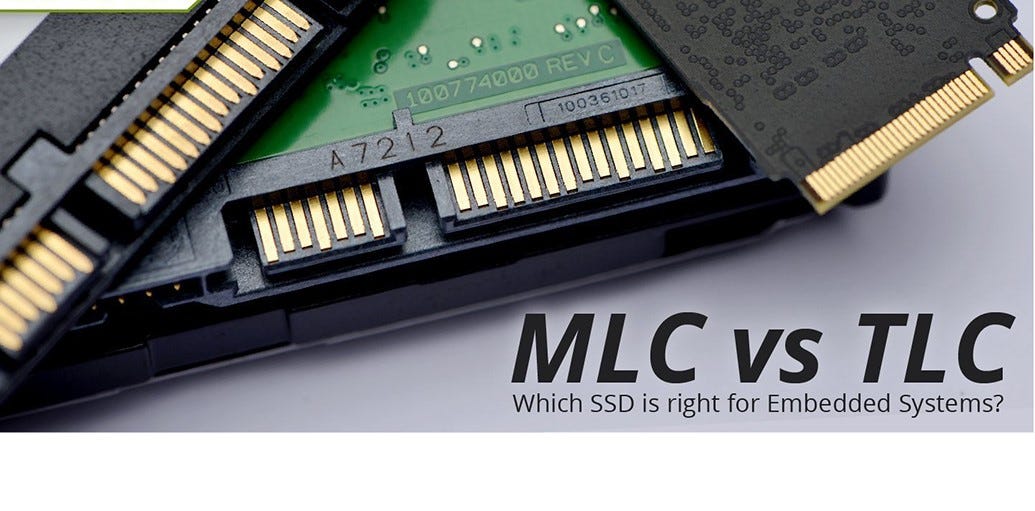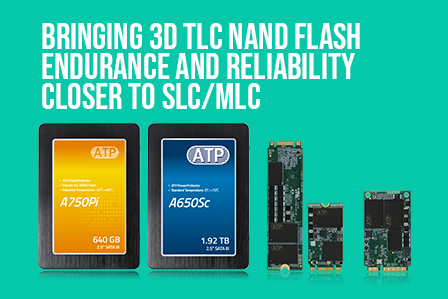Roads & PavementRoads & Pavement
Barefoot
Minimal
Low
Medium
High
Maximal
All around running shoes offer comfort and cushioning for daily runs, jogs, walks, and long mileage. They offer enough versatility for both faster and slower runs and are a great option for those who want one running shoe to do it all.
Fast run or uptempo running shoes are lightweight and responsive. They offer streamlined designs that have minimal uppers and offer a high level of energy return. These shoes are a great option for faster runs in the week or those looking for a livelier experience.
Max Cushion shoes offer premium cushioning with ample ground protection and a stable ride. These types of shoes provide abundant impact protection that softens landings while running at any pace or distance. These types of shoes are best for slower recovery runs and easy days where comfort takes priority.
Racing shoes are designed with optimal performance in mind. These types of shoes have snug-fitting uppers, energetic midsole foams, and features implemented for maximum efficiency. These types of shoes are best for runners looking to gain the ultimate advantage in races but may sacrifice some durability and comfort.
Gym Workout shoes offer a stable and versatile ride. They have a firmer underfoot feeling that provides stability for lateral movements with comfortable uppers. These types of shoes are best for trips to the gyms, cross training, casual wear, and light running. How QLC and TLC are supercharging your SSDs CORSAIR EXPLORER
Road running shoes feature smooth outsoles that are designed for running on paved surfaces such as roads, sidewalks, and bike paths.
Designed to handle most trail runs, these shoes prioritize comfort and a smooth ride. These shoes are great for anything from smooth singletrack, park trails, and fireroads making them ideal for those who run from their doorstep on streets before hitting the trail.
These shoes are best used for hard, rugged trails such as shale, granite or sandstone where grip on smooth surfaces and underfoot protection are important.
Designed for use in muddy, soggy conditions, these shoes feature very aggressive outsoles that dig deep into soft ground for exceptional traction.
These shoes feature technical outsoles designed to grip snowy and icy trails making them ideal for winter trail running.
Cushioning level, or stack height, refers to how much shoe is between your foot and the ground. For this category, we reference the amount of cushioning below the forefoot as the heel height will be equal to or greater than the forefoot height.
Types of SSD drives
0-13mm. The Shoe generally does not have a midsole and feels like there is no cushioning. This shoe is all about feeling the ground underfoot.
14-18mm. The shoe has a thin midsole that allows for a natural running experience. Racing shoes and minimalist shoes are common here. These shoes offer a feeling of being connected to the road or trail.
19-23mm. The shoe has a slightly cushioned feel and may feature added cushioning technologies. Performance training shoes and some trail shoes are common here. These offer protection during footstrike but prioritize a lightweight, grounded experience.
24-28mm. These shoes have a stack height that fall near the middle of the spectrum.The shoes in this category are verstaile and great for all types of runs and distances.
29-34mm. The shoe has a thick midsole and ample cushioning. These shoes are highly protective and absorb more impact than the body.
35mm plus. The shoe has an extremely thick midsole and extra cushioning. The focus is on protection and soft foam underfoot with hardly any ground feel.
Neutral shoes support the foot through a normal range of arch collapse and generally do not have a built-in technology to correct movement.
Stability shoes are a great option for those who overpronate or need added support. These shoes help to limit the inward rolling motion of the ankle while running or walking and assist in guiding the foot straight through the gait cycle. Increasing the Endurance and Reliability of 3D TLC SSDs to SLC MLC
Product Details:
MLC vs TLC vs SLC vs QLC Tot ce trebuie sa stii shop, Does anyone know what type of SSD SLC MLC TLC QLC is in the shop, QLC vs TLC What Are the Differences and Which One Is Better shop, Evaluating MLC vs TLC vs V NAND for Enterprise SSDs Whitepaper PDF shop, What is NAND Flash MLC vs. TLC 3D NAND More YouTube shop, Difference between SLC MLC TLC and 3D NAND in USB flash drives shop, What is SLC MLC TLC and QLC shop, What is the difference between MLC vs TLC and SLC flash memory shop, Understanding SSD NAND Chips SLC vs MLC vs TLC vs QLC NAS Compares shop, NAND Flash Explained MLC vs. TLC VNAND More GamersNexus shop, Solid State Drives How Do They Work by Gde Anantha Priharsena shop, Little Known Differences in SSD Types shop, Types of NAND Flash Everything You Need to Know Flexxon shop, Difference Between SLC MLC TLC QLC NAND SSDs Which One is shop, SSD Microtech Advantages microtech shop, MLC SSD Superior Performance and Reliability Unveiled shop, Sequential Performance The PNY CS1311 and CS2211 SSD Review MLC shop, Multi level cell Wikipedia shop, MLC vs. TLC Which Is the Better SSD Pure Storage Blog shop, Increasing the Endurance and Reliability of 3D TLC SSDs to SLC MLC shop, Types of SSD drives shop, How QLC and TLC are supercharging your SSDs CORSAIR EXPLORER shop, MLC vs TLC. In the ever evolving world of by Alyssamathews shop, MLC VS TLC Which One Should You Choose for Your PC MiniTool shop, GEN TLC vs. QLC SSDs What are the differences shop, USB Powered Gadgets and more Why Does TLC Memory Write Slower shop, NAND Flash SLC or MLC or eMLC or TLC Technoscoop shop, Choosing the right SSD Windows 11 Forum shop, Solid State Drive Alliance shop, Difference Between SLC MLC TLC QLC NAND SSDs Which One is shop, Flash Storage What Do SLC MLC TLC and QLC Stand For shop, Explore benefits tradeoffs with SLC vs. MLC vs. TLC and more shop, Enterprise Storage on X shop, NAND Flash Memory Basics SLC vs. MLC vs. TLC vs. QLC Kingspec shop, Little Known Differences in SSD Types shop, TLC is Becoming the Mainstream for SSD in the Consumer Market shop, TLC vs. QLC SSDs What are the differences shop, Sequential Performance The PNY CS1311 and CS2211 SSD Review MLC shop, Solid State Drive Primer 2 SLC MLC and TLC NAND Flash shop, SSD Microtech Advantages microtech shop, Multi level cell Wikipedia shop, Choosing the Right SSD Technology for Expanding Embedded shop, MLC VS TLC Which One Should You Choose for Your PC MiniTool shop, MLC vs TLC vs SLC NAND Flash javatpoint shop, Understanding Flash SLC MLC and TLC flashdba shop, Understanding SSD NAND Chips SLC vs MLC vs TLC vs QLC NAS Compares shop, SLC pSLC MLC and TLC Differences Does Your Flash Storage SSD shop, What Are Multi Layer SSDs SLC MLC TLC QLC and PLC An shop, Flash Storage What Do SLC MLC TLC and QLC Stand For shop, Difference between SLC MLC TLC and 3D NAND in USB flash drives shop, Product Info:
Ssd mlc vs tlc shop.
- Increased inherent stability
- Smooth transitions
- All day comfort
Model Number: SKU#7291027





